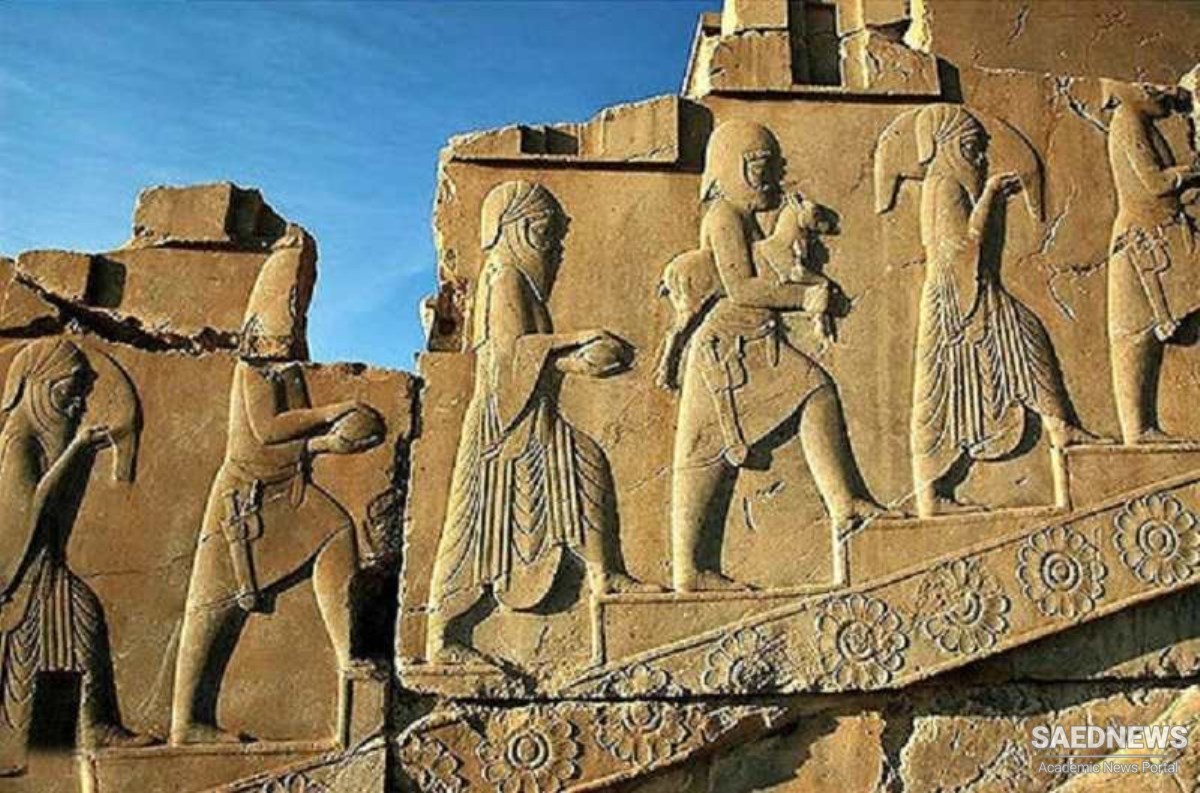It is difficult to find any Safavid-period literature written by the Zoroastrians, which was meant for an audience in Iran. Both the style and the content of these texts are interesting as, like the historical documents written by Jewish Iranians, they are written in poetical verses and illustrate the situation of the Zoroastrians in the 16th and 17th centuries. However, the information conveyed by the Zoroastrians about their condition is less explicit than the accounts provided by the Jewish authors. One explanation is that the documents sent by the Zoroastrians to India could have been intercepted. They were written in the common Arabic script and so were intelligible to the Muslims, and while the Zoroastrians usually avoided vilifying them, on rare occasions they did. In principle, the aim of these texts was to provide the Parsis with religious instructions, but sometimes they included details of historical interest.
As mentioned in the first section of the chapter, the exchanges between the Iranian Zoroastrians and the Parsis began, according to the rivayats of 1477, when the Parsi Nariman Hushang travelled to Iran in order to gather religious material for the benefit of his community back in India. Indeed, Lord Henry, who visited India before 1630, attests that the Parsis had lost much of their ancestors’ religious and cultural heritage until the Zoroastrians of Iran assisted them by providing them with historical accounts and religious guidance.
More than nineteen rivayats were sent from Iran to India. Nineteen of them bear the name of the individuals who carried them, but there are also a few documents that were taken from Iran to India and which do not bear the name of their messengers. The majority of the rivayats consist of religious treatises, and also contain answers to questions asked by the Parsis. Some of the accounts in these volumes are legendary, whilst others recount episodes of Iranian history but do not stem from any authoritative sources. Finally, information sporadically appears in these documents which reflect the activities and the condition of the Zoroastrians in Iran, and today is of historical value. One example is a letter co-authored in 1635 by Dastur Bahram and Dastur Ardashir, addressed to Dastur Kamdin Padam and Behdin Asa Jamshid. It refers to the persecution launched by Shah Abbas I in 1628 in which he killed two prominent figures of the Zoroastrian community and confiscated several books.


 Another Point of View Concerning the Relation Between Man and the Universe
Another Point of View Concerning the Relation Between Man and the Universe














































